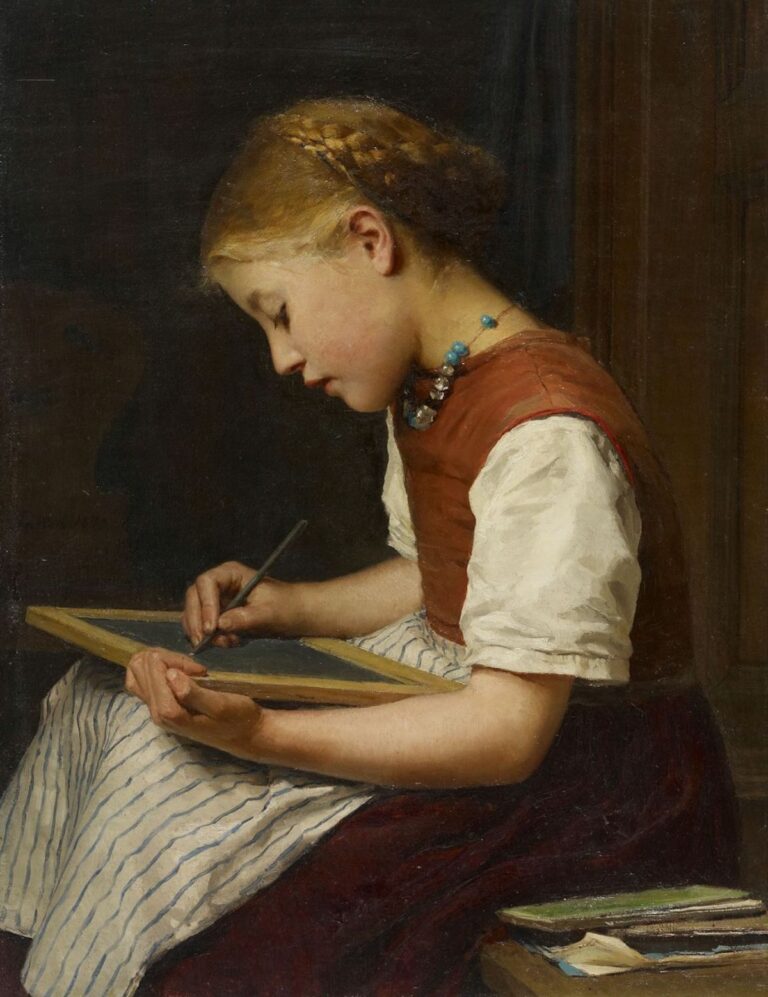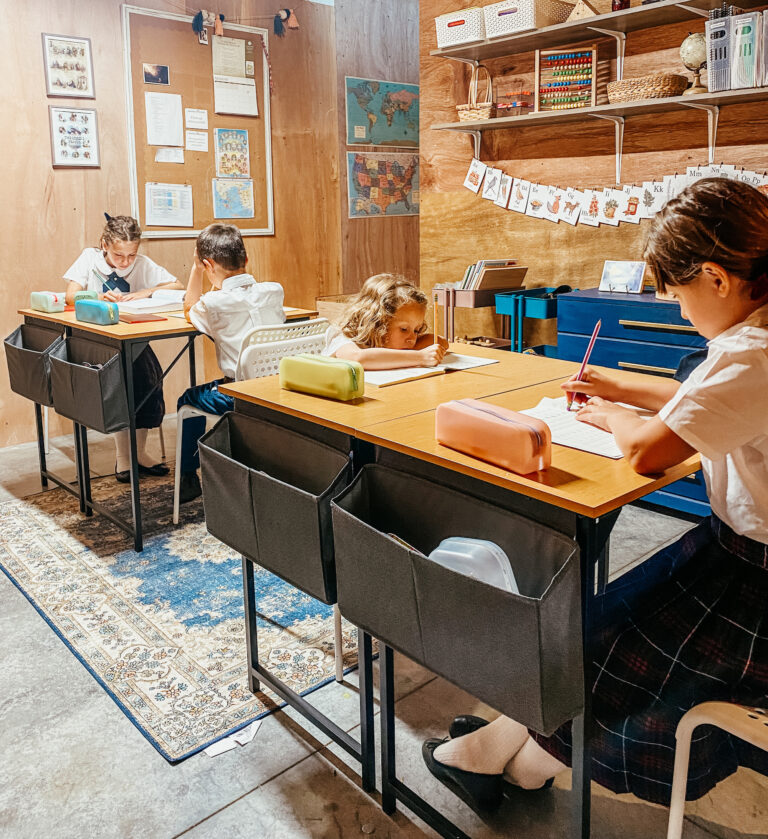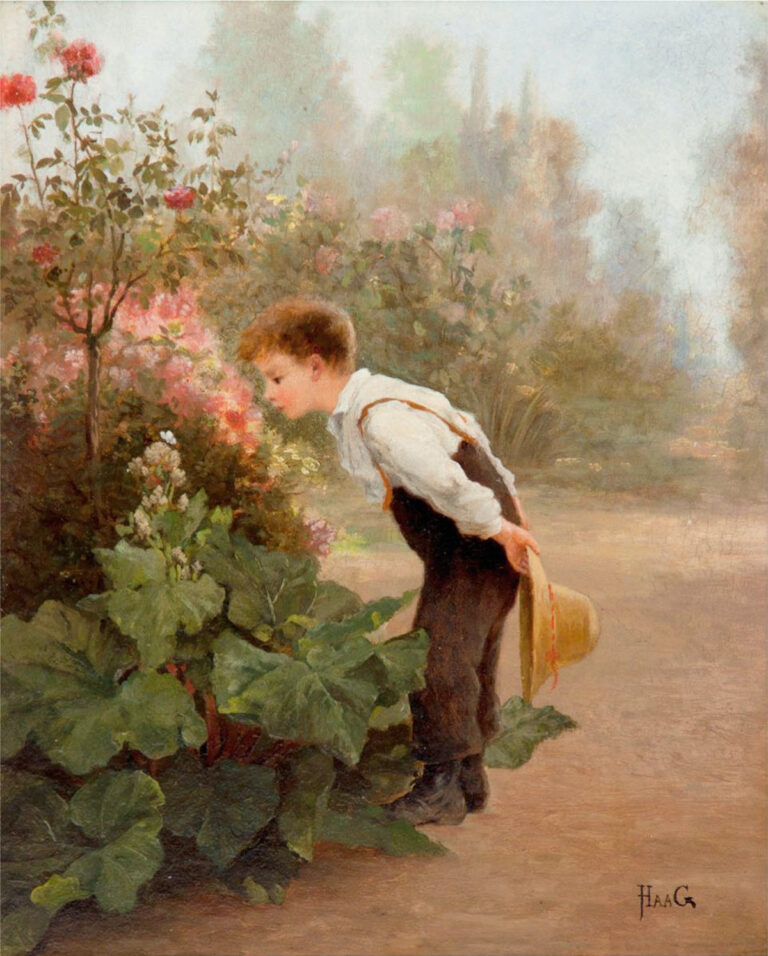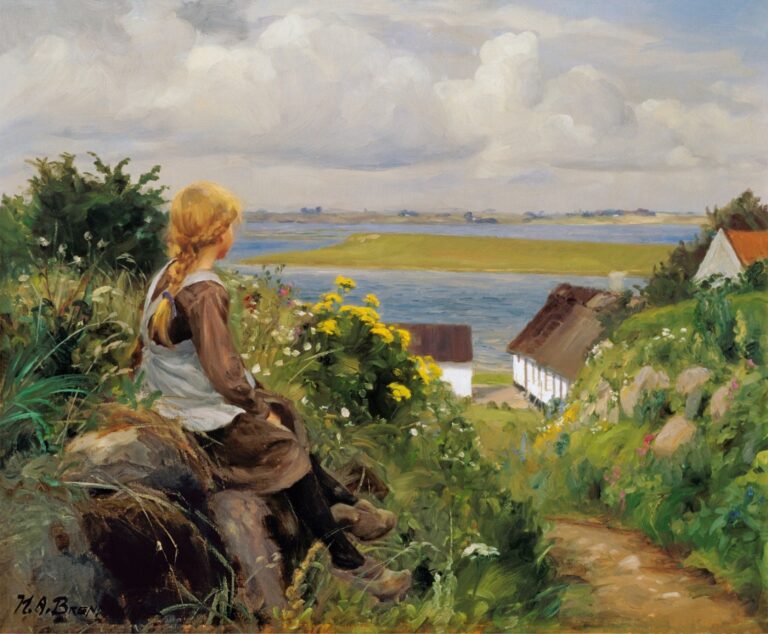Disclosure: Joyfully Domestic may earn a commission for purchases made after clicking links on this page. View our disclosure policy for details.
Today, I am sharing all about our approach to the younger years. And what we use as a Kinderleben curriculum in a Classical Charlotte Mason Education.
In a Classical Charlotte Mason approach, kindergarten (or “kinderleben,” meaning “the life of the child”) is not about formal lessons or desk learning. Instead, it’s a gentle, wonder-filled, and relational beginning to a lifelong love of learning.
These early years are centered around forming the affections, cultivating habits, and immersing the child in beauty, truth, and goodness. This is all while honoring the natural rhythms and development of the young child.

What Does “Kinderleben” Look Like?
Charlotte Mason referred to this stage as the “years of plenty,” when the child is not yet of age for formal lessons (which typically begin at age 6). She emphasized that “education is an atmosphere, a discipline, a life” and this rings especially true for the early years.
Instead of structured lessons, a kinderleben rhythm is built on:
- Living outdoors and being in nature daily
- Playing freely with imagination and delight
- Hearing living stories and fairy tales read aloud
- Helping with home life through meaningful work and participation in daily tasks
- Developing habits of attention, obedience, truthfulness, and kindness
- Singing, reciting, and delighting in language through nursery rhymes, songs, and poems
- Encountering beauty through picture books, art, music, and reverent observation
This is a time where we can really focus on building good habits.
“Habits inspired in the Home Atmosphere.—We have already considered a group of half physical habits— order, regularity, neatness—which the child imbibes, so to speak, in a way. But this is not all: habits of gentleness, courtesy, kindness, candour, respect for other people, or—habits quite other than these, are inspired by the child as the very atmosphere of his home, the air he lives in and must grow by.”
Charlotte mason, “Home education” P. 137
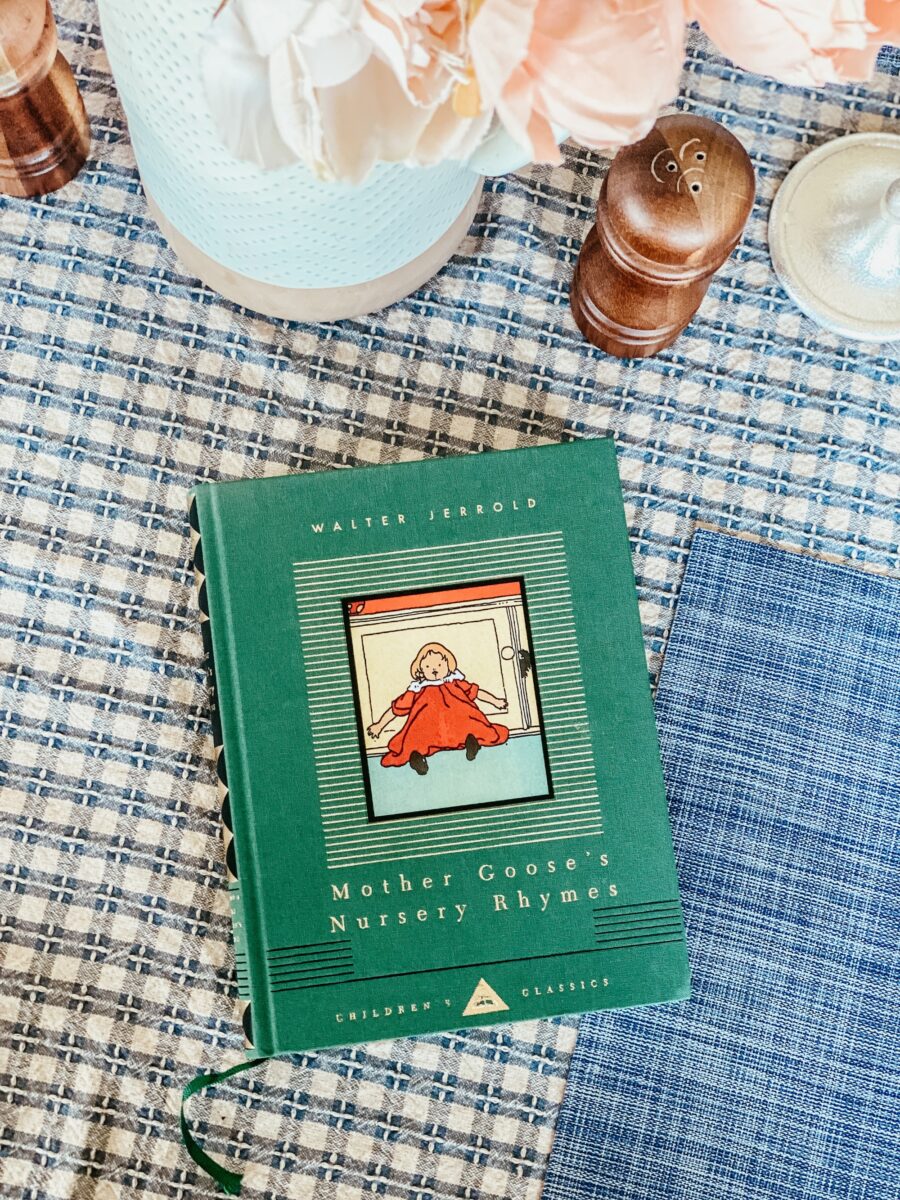
No Formal Lessons—So How Do You Order the Day?
You’re nurturing the whole child, not just preparing them for academics. Days can be ordered gently, through rhythm more than schedule. This can vary greatly on how many children you have and what their ages are.
I’ve seen that many CM moms will schedule a separate morning time just for their youngest. Personally, we combine as much as possible and I spend 1-on-1 time with each student throughout the day.
Here’s an example of what a day might look like:
🌞 Morning Rhythm:
- Morning prayers and a candlelit table (setting the tone with reverence and beauty)
- A short Bible story and/or saint story
- Poetry or a nursery rhyme (with optional hand motions or singing)
- Nature walk or outside free play—explore, dig, run, observe!
- Snack and read-aloud time with living picture books, fairy tales, or fables
- Simple chores or home tasks (sweeping, folding laundry, helping bake, etc.)
🌿 Midday:
- Free play or creative time (blocks, water play, play dough, fort-building)
- Handicrafts or simple skills: finger knitting, coloring with beeswax crayons, watercolor painting
- Lunch & rest/quiet time
🌙 Afternoon:
- More outside time
- Music or art appreciation (one composer or artist per term, Charlotte Mason-style)
- Read-alouds again, perhaps chapter books for attention development
- Family tea time or liturgical living (seasonal baking, saint feast day activities, etc.)
Everything is softly guided, infused with meaning, beauty, and relational connection.
If you’d like to take a look at how we structure our days, see: Simple Routine for a Well-Ordered Day.

The Poetic Mode of Education & Education in Wonder
If you’ve been following our blog for a little while, you know that we are a classical Charlotte mason family with an emphasis in the an education in wonder—based on the works of John Senior.
So, I’ll briefly explain what this looks like in the early years of home education.
John Senior, whose work inspired the phrase “education in wonder,” reminds us that before we fill children with facts, we must fill them with reverence, awe, and imagination.
So how do you foster that?
- Fairy tales, fables, and myths: these awaken moral imagination and wonder
- Encounters with nature: watching ants build, clouds drift, or leaves change color
- Silence and contemplation: not rushing to explain, but allowing mystery and thought
- Beauty in the home: fresh flowers, sacred images, beeswax candles, calm music
- Celebration of liturgical time: the rhythm of the Church year or simple feast day traditions
This is the foundation of the poetic mode; a life rooted in being before doing, seeing before naming, loving before analyzing.

✨ In Summary
So… to summarize: Kinderleben in a Classical Charlotte Mason home is not the start of “schooling” or formal lessons. It is the art of living richly and slowly with the young child, forming the soil of their soul before any seeds of formal learning are sown.
It is the time to:
- Nurture wonder through nature, story, and beauty
- Cultivate virtue through habits and home life
- Protect childhood through freedom, joy, and sacred rhythms
And when the time comes for formal learning, you will have given your child a soul fully alive and ready to receive the feast of ideas Charlotte Mason so beautifully described.
Resources for the Mother-Teacher
- The Home Education Series by Charlotte Mason
- Parents’ Review Article “Children Under Six” by Catherine Leaf
- Parent’s Review Article “An Ideal Nursery” by C Sharr
- “For the Children’s Sake” by Susan Schaeffer Macaulay
- “The Death of Christian Culture” by John Senior
- “The Restoration of Christian Culture” by John Senior
- “John Senior and the Restoration of Realism” by Fr. Francis Bethel
- Awakening a Sense of Wonder in the Mother Teacher
- An Education in Wonder + Changes to our Homeschool
- The Children’s Tradition Curriculum – Use code: JOYFULLYDOMESTIC for 10% OFF!
- Kinderleben Reading Lessons
- Kinderleben Math Lessons
- Fairytales, Fables, Legends, and Myths in a Catholic Education
- Musical Education in the Classical Homeschool
- Favorite Nature Study Resources


